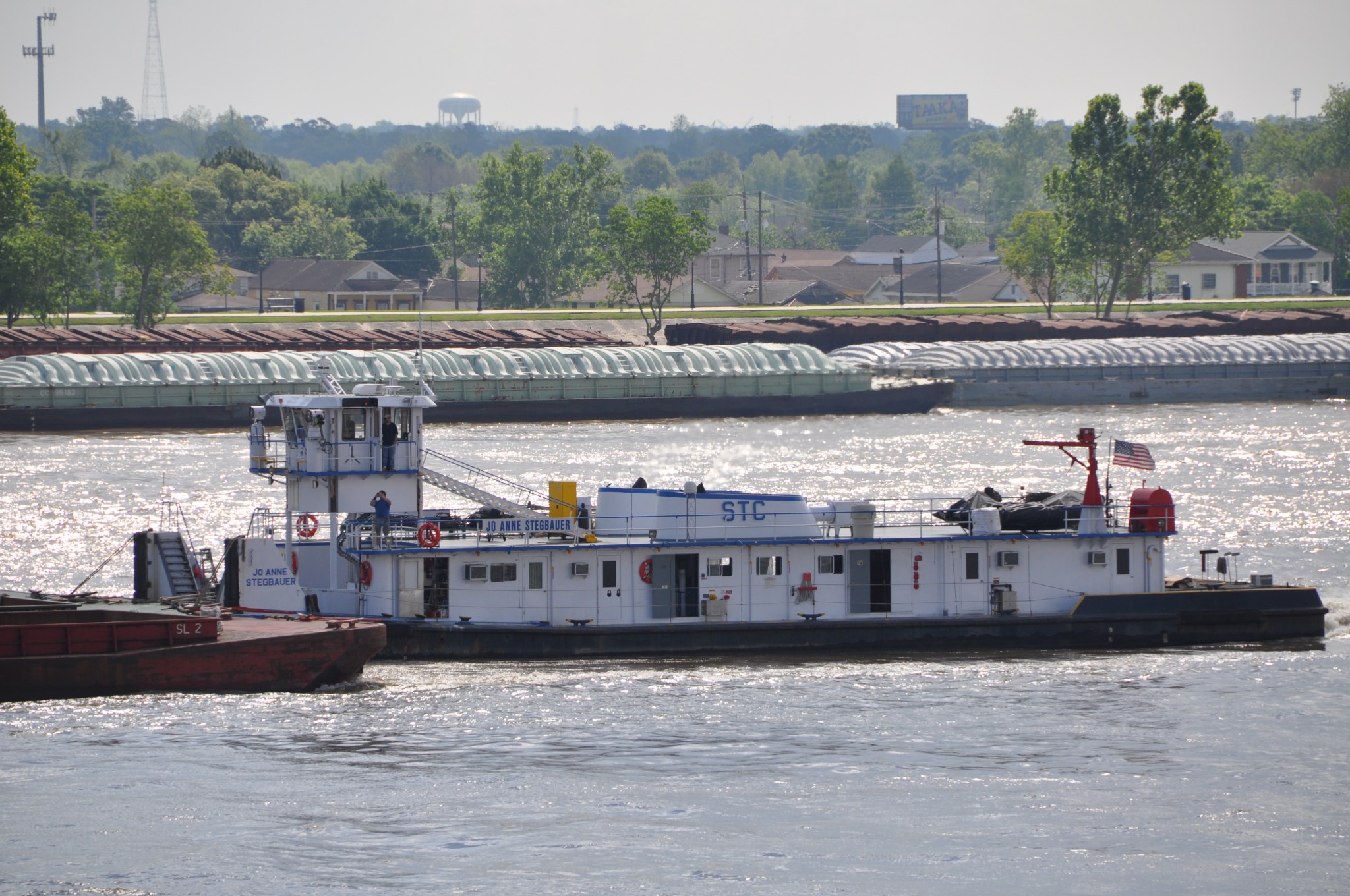The Subchapter M Final Rule is a whopping 800 pages (including a 536-page preamble). The preamble is the Coast Guard's response to all submissions from the 2011 public comment period and its rationale for additions, deletions, and enhancements to the final rule (FR). The actual language of the FR — which takes effect on July 20 — begins on page 537.
Below are some highlights for inland towing operators to consider as they begin the transition to Subchapter M compliance.
User Fees
The Coast Guard will be issuing an additional rulemaking for Subchapter M user fees, but until then, $1,030 will be the user fee rate.
Manning
A few technical changes were made to align towing license requirements with manning requirements. The FR gives the Officer in Charge Marine Inspections (OCMI) broad discretion in working with individual towing vessel operators to develop Certificate of Inspection (COI) manning requirements specific to the vessel’s route, trade, construction and arrangement.
Certification/Definitions/Applicability
Mostly minor technical adjustments, but no dazzling departures from the Notice of Proposed Rulemaking (NPRM).
Vessel Compliance
Four points of note:
- The USCG Annual Boarding & Third Party Organization (TPO) Solution is retained as a compliance option.
- The use of a properly credentialed licensed mariner/surveyor acting on behalf of the operator in lieu of an external surveyor is authorized.
- All Subchapter M vessels must be in full compliance with the FR on or before the issuance of the vessel’s COI or July 20, 2018, whichever date is earlier.
- All towing operators must have a fully implemented health and safety plan by July 20, 2019.
Towing Safety Management System (TSMS)
USCG has defined the TPO solution process. The TPO certifies the operator’s Towing Safety Management System and issues a TSMS certificate. Thereafter, following a successful vessel TSMS audit, the TPO issues the TSMS certificate to the vessel and transmits the audit report to USCG. The operator schedules a USCG boarding for COI issuance.
Third-Party Organizations
USCG-approved class societies are authorized to perform Subchapter M surveys and audits commencing July 20, 2016. Non-class TPOs must be vetted and approved by the USCG. Auditors and surveyors may be non-exclusive.
Operations
Four critical elements are addressed in this section:
- All vessels electing the USCG Annual solution must have a Towing Vessel Record (TVR) onboard.
- All vessels electing the TPO solution may have a TVR or another equivalent solution and must be stated as such in the TSMS.
- The statutory requirements for a TVR are spelled out in detail including all the required recordkeeping entries.
- USCG-defined Criminal Penalties & Fines for Subchapter M violations are consistent with other subchapters.
Lifesaving
Consistent with the NPRM.
Fire Protection
Expands on standards, recordkeeping, and inspections.
Machinery & Electrical
No longer a requirement for redundant propulsion or wheelhouse alter system. Deferred electrical requirement also eliminated from the rule.
Construction and Arrangement
A key drydocking requirement which stipulates that a towing vessel must be on the blocks every two-and-a-half or five years depending on the vessel’s annual saltwater exposure, also covered in Part 140.
Crew Endurance Management System (CEMS)
Consistent with NVIC 02-08.
This is an edited version of a post that originally appeared on the MarineCFO blog. It is reprinted with permission.
The views and opinions expressed in this post are the author’s and not necessarily those of WorkBoat.




